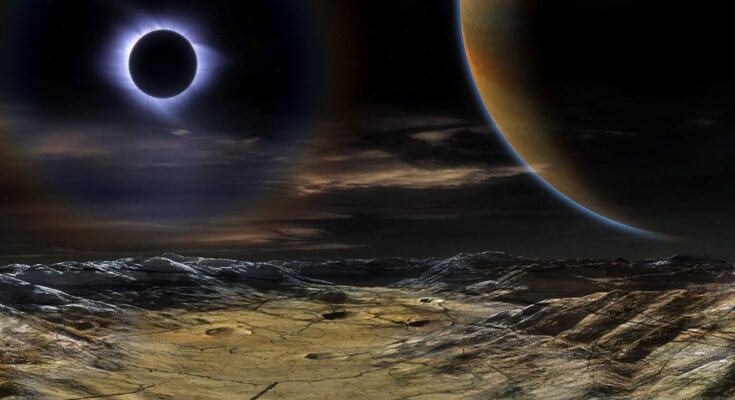NASA’s James Webb Space Telescope (JWST) seems to show that a nearby exoplanet is not unlike earth in that it possibly harbors water and an earth-like atmosphere.
Exoplanets are planets that orbit stars other than our sun, and more than 5,000 of them have been discovered thus far. However, very few are close enough to us to study thoroughly. In the constellation Cetus, 49 light-years away, LHS 1140 b may be one of the best prospects yet in the search for liquid water beyond the solar system.
Discovered in 2017 by the MEarth project, LHS 1140 b has been predicted to be both a mini-Neptune gas giant and a rock-covered terrestrial orb. But the report published this week in The Astrophysical Journal Letters, which used data collected by the JWST, conveys that the exoplanet may have an atmosphere and a liquid water ocean.
“Of all currently known temperate exoplanets, LHS 1140 b could well be our best bet to one day indirectly confirm liquid water on the surface of an alien world beyond our solar system,” Charles Cadieux, lead author and a doctoral student at Université de Montréal told Forbes. “This would be a major milestone in the search for potentially habitable exoplanets.”
Is there water on this exoplanet?
Despite researchers estimating that 10 to 20 percent of its mass is water, LHS 1140 b may be a snow or ice planet. Because the orb is tidally connected to its star and always exposes the same side to it, it is possible that any liquid ocean is only present on its permanently dark side.
If that is the case, scientists predict it could be 2,500 miles in diameter, which is roughly half the Atlantic Ocean’s surface area. It is believed the water body’s temperature may be around 68 degrees Fahrenheit (20 degrees Celsius).
Known to scientists as a “Super-Earth” due to the fact it’s around seven times larger than earth, LHS 1140 b orbits a red dwarf star, one of the most frequent types of stars in the Milky Way galaxy.
Red dwarf stars are a lot smaller and less bright than our sun, so LHS 1140 is a temperate planet despite taking only 25 days to orbit a star just one-fifth the size of our sun, according to Forbes.
The planet Mercury completes its orbit in 88 days, and temperatures there hit a sweltering 8 degrees Fahrenheit, according to NASA. Mercury is well out of the habitable zone, but LHS 1140 b is within it. Hence, water may be present there.
However, the JWST does have its limits. “Detecting an Earth-like atmosphere on a temperate planet is pushing Webb’s capabilities to its limits—it’s feasible; we just need lots of observing time,” co-author René Doyon, a physicist at the University of Montreal, said in the statement. “The current hint of a nitrogen-rich atmosphere begs for confirmation with more data. We need at least one more year of observations to confirm that LHS 1140b has an atmosphere, and likely two or three more to detect carbon dioxide.”



